As the market heats up, IndiGo plans to charge passengers for checked baggage
Radhika Bansal
17 Nov 2021
IndiGo, one of Asia's largest budget airlines, is considering charging passengers for checked luggage as it prepares for a price war in India's cutthroat air travel market, which is showing signs of recovery after the worst of Covid.
Even after India's Directorate General of Civil Aviation ruled that carriers can start offering zero baggage and no check-in baggage fares, IndiGo, operated by InterGlobe Aviation Ltd., did not implement the so-called unbundling of fares in February, just before a deadly second wave of the pandemic hit the South Asian nation.
Regulatory caps on fares and capacity related to Covid prevented IndiGo from deciding at the time, Chief Executive Officer Ronojoy Dutta said in an interview on Tuesday, November 16.
(Image Courtesy - Business Traveller)
“We have been talking to the government about that," Dutta said. “We’re waiting for everything to settle down before we lock something."
IndiGo joins Go Airlines India Ltd., which is also looking to unbundle baggage charges from air tickets to position itself as an ultra-low-cost carrier. IndiGo’s move to make ticket prices even cheaper will intensify competition among carriers known for driving fares so low they barely, and often don’t, cover costs.
The crushing price wars have put many airlines out of business in what was one of the world’s fastest-growing aviation markets before the pandemic.
IndiGo is “unlikely" to raise funds through a share sale to institutional investors as previously planned, with air travel in India recovering from the worst of Covid infections, Dutta said. India in October allowed airlines to operate at 100% pre-pandemic capacity domestically, but international flights remain suspended until at least November 30.
“Frankly, I don’t think we need it now because of no third wave, and revenue is coming back," Dutta said.
IndiGo, the world’s biggest customer for Airbus SE’s best-selling A320neo jets has no intention to fly routes such as London that require wide-body aircraft, Dutta said.
While the carrier mulled over wide-body operations for a long time, it has decided it won’t compete with Vistara -- a joint venture between Singapore Airlines Ltd. and the Tata Group which as a full-service carrier has a stronger foothold in the long-haul market along with Air India Ltd., Dutta said.
Even so, IndiGo will expand its international routes faster than domestic to capture the surge in traffic flowing in and out of India in the seven-hour range where there are not enough non-stop flights, including to cities including Moscow, Cairo, Tel Aviv, Nairobi, Bali, Beijing and Manila, Dutta said. International routes will account for 40% of the carrier’s capacity in five years, up from the current 25%, he said.
India’s low-cost carrier market will become crowded with billionaire investor Rakesh Jhunjhunwala’s new airline Akasa, Dutta said. State-run Air India which is being sold to the Tata Group along with Vistara have a “little space to themselves, which is good, and they’re separated from us" as they are going to operate as full-service carriers, he said.
(With Inputs from BloombergQuint)
Read next
Rakesh Jhunjhunwala-backed new airline Akasa Air has ordered 72 '737 Max' aircraft from US-based aerospace company Boeing to launch service in India, a statement said on Tuesday, November 16.
The order has been valued at nearly $9 billion at list prices. The order includes two variants from the 737 MAX family, the 737-8 and the high-capacity 737-8-200.
Mr Jhunjhunwala, known as "India's Warren Buffett", has teamed up with former chief executives of IndiGo, the country's biggest carrier, and Jet Airways to tap into demand for domestic air travel, which is nearing pre-pandemic levels as the country recovers from a devastating outbreak earlier this year.
(Image Courtesy - Airways Magazine)
The airline’s co-founder Aditya Ghosh, Chief Executive Officer Vinay Dube, Chief Commercial Officer Praveen Iyer were present at the signing of the order deal at the Dubai Air Show.
“Providing the lowest seat-mile costs for a single-aisle airplane as well as high dispatch reliability and an enhanced passenger experience, the 737 MAX will ensure Akasa Air has a competitive edge in its dynamic home market,” Boeing said in a statement.
“We are honoured that Akasa Air, an innovative airline focused on customer experience and environmental sustainability, has placed its trust in the 737 families to drive affordable passenger service in one of the world’s fastest-growing aviation regions.The 737 MAX, with its optimized performance, flexibility and capability, is the perfect airplane to establish Akasa Air in the Indian market and ensure it effectively grows its network."Stan Deal, President and CEO, Boeing Commercial Airplanes
The 737 MAX family promises a reduction in fuel use and carbon emissions by at least 14% compared to airplanes it replaces.
“We believe that the new 737 MAX airplane will support our aim of running not just a cost-efficient, reliable and affordable airline, but also an environmentally friendly company with the youngest and greenest fleet in the Indian skies.India is one of the fastest-growing aviation markets in the world with unparalleled potential. We are already witnessing a strong recovery in air travel, and we see decades of growth ahead of us. Akasa Air's core purpose is to help power India's growth engine and democratize air travel by creating an inclusive environment for all Indians regardless of their socio-economic or cultural backgrounds."Vinay Dube, Cheif Executive Officer, Akasa Air
Low-cost carrier SpiceJet also operates MAX aircraft with 13 such aircraft in its fleet and a total order-book of 205 such planes including 50 options.
The MAX aircraft was banned worldwide in March 2019 after two fatal accidents involving the aircraft type. After two-and-a-half years of grounding, the aircraft has now been permitted to resume operations with a DGCA nod received in August 2021.
Last month, SNV Aviation, which owns Akasa Air, said it expected to start flying next year after getting initial clearance from the civil aviation ministry to launch the country's latest ultra-low-cost carrier.
The Ministry of Civil Aviation had last month given a no-objection certificate (NOC) for the operation of Akasa Air in India.
India needs more than 2,200 new airplanes in South Asia valued at nearly $320 billion over the next 20 years, according to Boeing’s 2021 Commercial Market Outlook forecast.
Boeing dominates India's wide-body market of 51 planes but fare wars and high costs have led to casualties among full-service carriers, including Kingfisher Airlines in 2012 and Jet Airways in 2019, making low-cost carriers and Airbus even more dominant.
Boeing's share of India's 570 narrow-body planes fell to 18% from 35% after Jet's collapse in 2018, data from consultancy CAPA India shows. Currently, SpiceJet is the only customer for the MAX planes in the country.
Cover Image - Boeing
Read next
November had a good couple of weeks for Indian aviation as domestic air traffic approached Pre-Covid levels
Radhika Bansal
16 Nov 2021
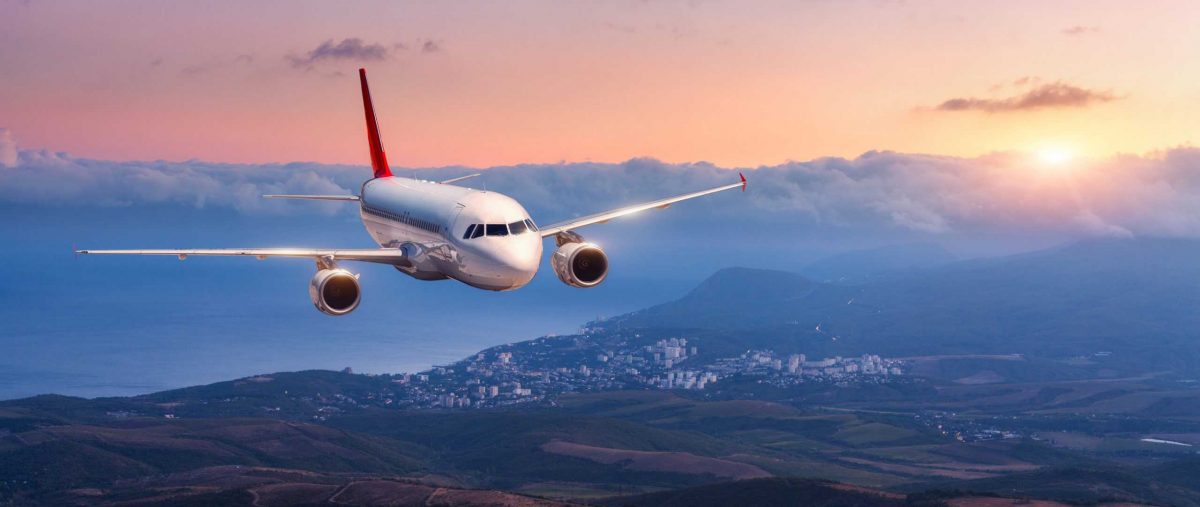
The Indian civil aviation sector has benefited from November, with daily domestic air traffic approaching pre-COVID levels.
A total of 385,661 passengers were recorded at departures on November 14. Since air travel resumed in May 2020 after a two-month hiatus, this was the highest-ever daily air traffic.
In the year 2019, an average of around 400,000 domestic passengers was recorded daily, which was 96.4% of the pre-COVID level. According to experts, demand has been bolstered not only by the festival season and upcoming wedding season but also by an overall improvement in passenger confidence.
(Image Courtesy - Travel + Leisure)
During the week of November 8-14, the average daily air traffic was around 352,400 passengers, up 18% from the previous week, and the average passenger load factor for all major airlines was around 80-90%.
To put things in perspective, in October, the average daily domestic air traffic was 283,334 passengers. In terms of flight departures, November 14 saw the highest number of departures since domestic air travel was resumed.
On that day, the sector's airports saw 2,754 flight departures. This corresponded to 95% of pre-COVID levels.
Simultaneously, during the week of November 8-14, the average daily domestic departures were around 2700, up 4% from the previous week.
Meanwhile, in October, the average daily air departures were 2318.
In general, a back-of-the-envelope calculation indicates that the sector's aircraft utilisation is higher. Furthermore, during the week of November 8-14, an average of 131 passengers boarded each flight, representing a 15% increase over the previous week.
Experts predict that demand will remain strong in the near term, as the wedding season is set to boost demand sentiment over the next month, followed by the holidays and New Year's celebrations.
(With Inputs from CNBC TV18)
Read next
Thomas Cook reports a 30-100% increase in airfare compared to pre-pandemic levels
Radhika Bansal
16 Nov 2021
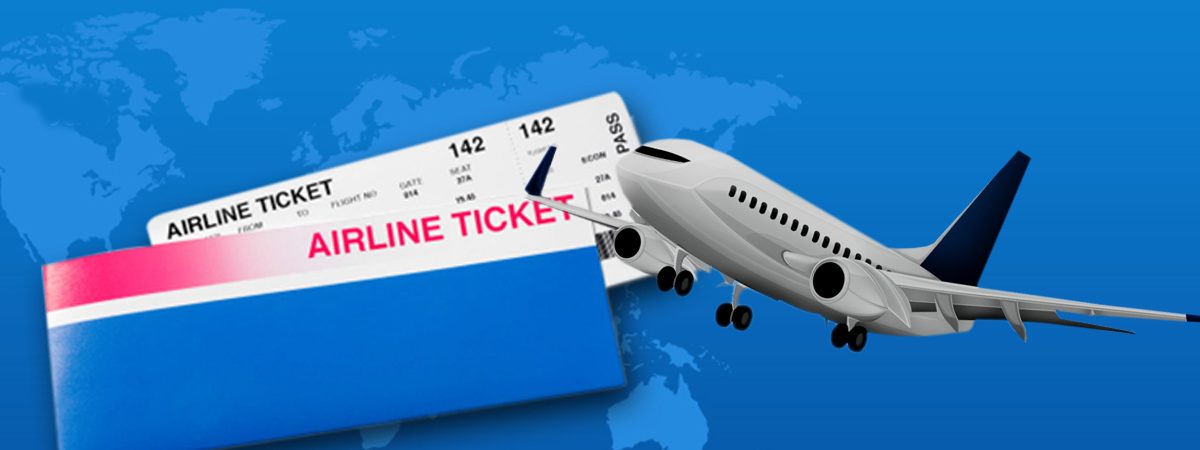
With a surge in domestic air passenger traffic, the airfares have risen by 30% to 100% of the pre-pandemic levels amid the festive season, a top Thomas Cook executive has said.
The domestic air passenger traffic increased around 67% year-on-year in October.
Thomas Cook, however, expects the airfares to be levelled off going forward, as the domestic carriers operate with 100% capacity.
(Image Courtesy - The News Minute)
After domestic traffic nosedived in May at 19.20 lakh month-on-month due to the virulent second wave of the pandemic, the traffic gradually returned to the growth trajectory in the subsequent months, reaching around 88 lakh in the previous month (October), credit rating agency Icra had said earlier this month.
The growth was supported by the steep decline in COVID-19 infection cases, higher capacity deployment by the local carriers and festive season demand, among others.
Strong pent up demand is resulting in a strong uptick in domestic air travel, exacerbated by the limited reopening of international routes, said Indiver Rastogi, President & Group Head for global business travel at Thomas Cook (India) and SOTC.
(Image Courtesy - Gulf Times)
India's festive season, typically, starts from October 1 and goes up to November 30 every year.
Starting with the festive season, domestic airfares continue to witness a surge between 30% and 100% when compared with pre-pandemic levels, he said.
According to Rastogi, while a flight ticket to Andaman (Port Blair) from Ahmedabad spiked a steep 100%, it was costing 50% more from Delhi.
For travel from Mumbai, Chennai and Kolkata to the same destination, the ticket prices were up 30%, he noted.
Goa being a favourite destination witnessed the flight ticket prices rising in the range of 10-30% from Delhi, Mumbai, Kolkata and 50% from Ahmedabad, Rastogi said.
(Image Courtesy - The Colombian Post)
There has also been a slight increase of 5 to 10% in airfares for Kashmir from Mumbai, Bangalore and Kolkata, while Bangalore has also observed a 10% hike for Chandigarh, he added.
With the next peak season of Christmas-New Year, while an increase in airfares for favourites like Andaman, Srinagar, Goa, Jaipur and Udaipur is the historical norm, Thomas Cook hopes that airfares will level off with 100% capacity being reinstated.
With effect from October 18, the Civil Aviation Ministry has allowed restoration of the permitted capacity to 100% for domestic operations.
The ministry had reduced the permissible capacity deployment to 50% of pre-COVID levels with effect from June 1 due to the resurgence of the second wave of the pandemic.
(Image Courtesy - The Statesman)
It subsequently increased this capacity to 72.5% with effect from August 12 and further to 85% with effect from September 18.
Domestic carriers operated 46% more flights at 72,000 during October over 49,150 departures logged in October 2020 on the back of permission to deploy higher capacity from September.
(With Inputs from PTI)
Cover Image - Travel Geek Mag
Read next
Boeing Co. may partner with specialists including Israel Aerospace Industries Ltd. and Mammoth Freighters to convert its passenger jets for cargo use to keep up with soaring demand for those planes.
The planemaker plans to follow an asset-light model for freighter conversion programs and doesn’t plan to do the program on its own, Ted Colbert, president and chief executive of Boeing Global Service, said on the sidelines of a press conference in Dubai.
Airfreight has been a rare bright spot for global aviation as online purchases soar and shipping rates rise. With airlines looking to retire older aircraft and replace them with newer, more fuel-efficient models, freighter conversions could give older aircraft a new lease of life.
Boeing has forecast demand for 2,610 wide-body freighters by 2040, with 1,720 of them being conversions from older passenger aircraft and the rest new production. While the company currently builds a freighter version of the 777 from new, that model is based on the smaller 777-200 model.
(Image Courtesy - Air Cargo News)
According to Business Insider, some conversion companies, such as Boeing itself, will upgrade the cockpit of ageing jets to make them more modern. This was true for the 767, which was two decades by the time it reached conversion time and required an upgrade.
The pandemic has only exacerbated the need for freighter jets. The early months of 2020 saw airlines removing seats to crate makeshift freighters, boosting the market for converted freighters. Now, several companies are vying to create the first 777 converted freighter, hundreds of which are up for retirement in the next few years.
IAI is the furthest ahead in its 777 conversion process and has racked up dozens of orders already. (Image Courtesy - SimpleFlying)
For now, airlines globally are closely watching the converted freighter market. With demand showing no signs of slowing, cargo might become a major new revenue stream for airlines, and freighters are a big part of that change.
Earlier this year, IAI said it had begun work on the conversion of its first 777-300ER.
Boeing is a leading manufacturer of commercial and military aircraft, rotorcraft, electronic and defence systems, missiles, satellites, launch vehicles and advanced information and communication systems. Headquartered in Chicago, Boeing employs more than 170,000 people across the United States and in 70 countries.
Boeing 777 Freighter (Image Courtesy - AeroTime)
Boeing is organised into two business units: Boeing Commercial Airplanes and Boeing Defence, Space & Security. Supporting these units is Boeing Capital Corporation, the Shared Services Group and Boeing Engineering, Operations & Technology.
Boeing’s main commercial products are the B737, B747, B767 and B777 families of aircraft and the Boeing Business Jet. New product development efforts are focused on the B787 Dreamliner, 737Max, 777X and the B747-8. The company has nearly 12,000 commercial jetliners in service worldwide, which is roughly 75% of the world fleet.
(Image Courtesy - Flight Global)
Israel Aerospace Industries (IAI) is an Israeli aerospace manufacturer. IAI is a leader in the development and production of both military and commercial aerospace and defence systems.
The firm employs some 16,000 people and is the largest industrial exporter in Israel. In addition to its core design, research and manufacturing activities, IAI is involved in missile development, avionics, radar and navigation equipment, space-based systems, and MRO and conversion activities. Its subsidiaries include Bedek Aviation Group and Elta Systems.
(With Inputs from BloombergQuint)
Read next
Sneak-peek into the much-awaited unveiling of the B777X | Dubai Airshow 2021
Prashant-prabhakar
16 Nov 2021
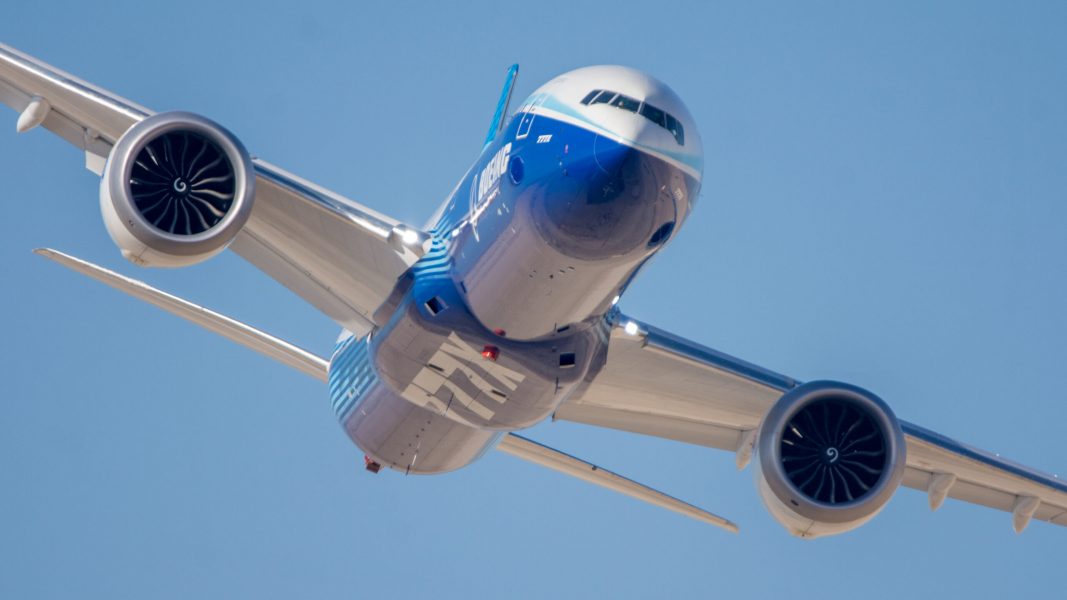
After much hue and cry, the Boeing B777X eventually made its public appearance at the ongoing Dubai Airshow 2021. A magnificent treat for aviation geeks indeed. In addition to showcasing its aerial prowess, the bird is also displayed as a static model too.
B777-9 | The Points Guy
The B777X program, after having suffered a myriad of issues owing to certification, is now expected to make its first delivery, probably by the end of 2023.
After having clocked over 1,700 flight testing hours, the B777X left its American shores for the first time and made its global debut in the ongoing Dubai airshow 2021.
Tech and specifications (viewer's perspective)
Put simply, the plane is massively large.Apparently, the Boeing company plans to launch two variants of B777X, one of which the which-the B777-9 has landed in Dubai.
B777X Flight Deck | Touch-Screen | Aviation Week
The 777-9 beats the 777-300 by being 10 feet long with a wider cabin.
The wingtip design, however, is what really stands out. With the current wingtip design, the aircraft would be excessively wide to taxi in at any airport gates. Boeing fixed this issue by designing a folding wingtip 12 feet long.The pilots could now set the wingtips to a "fold-up" position when landing and taxiing to the gate and conversely "fold-down" when towing away from the gate.
B777X wingtips in "fold-up" position | AeroTime
With a capacity of housing about 426 passengers in a 2 class configuration, the actual capacity can be tailored to suit the individual airline needs.
The GE9X, specifically designed for the 777X, is touted to be the world's largest turbofan jet engine in the aviation industry currently, surpassing GE90 and offering 110,000 pounds of thrust. And they are just as massive as the power they produce! For perspective, let's just say the diameter of the GE9X is comparable to that of a 737 fuselage!
GE9X | General Electric
The cabin on display currently is beset with tanks, tables and other types of equipment required for flight test engineers.
Cabin view of the B777X prototype | The Points Guy
Reportedly, the bird will require additional 1800 hours of flight testing, give or take, before it can be finally certified. Nevertheless, the company is super confident about starting deliveries in 2023 as now planned.
Did you know? Boeing had been working on a major change since 2016 to mitigate the effects of jet lag by implementing a cabin air pressure equivalent to that of an altitude of 6000ft as opposed to the general norm of 8000ft? Currently, all Dreamliners have been featured with this major change, as reported by the company.
COVER: Aviacionline.com

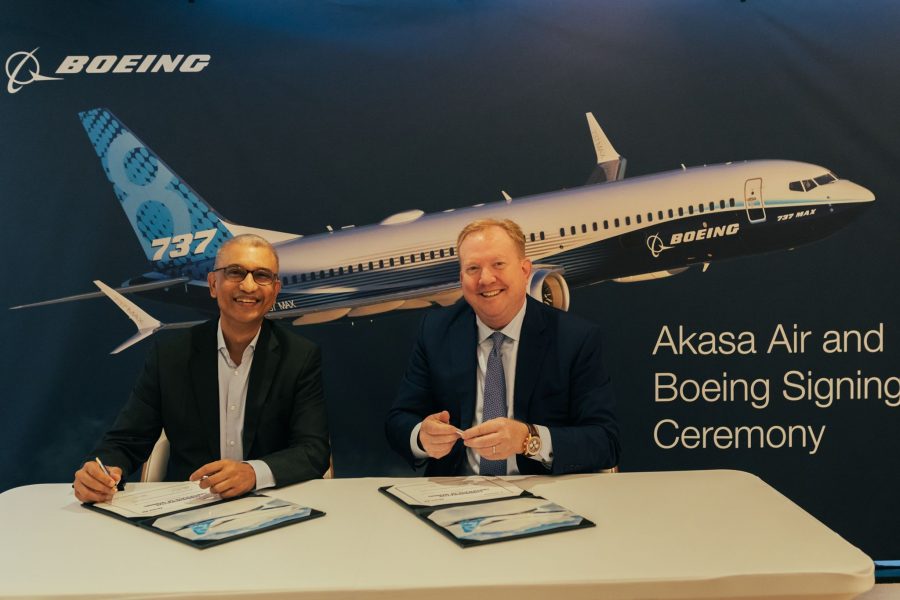
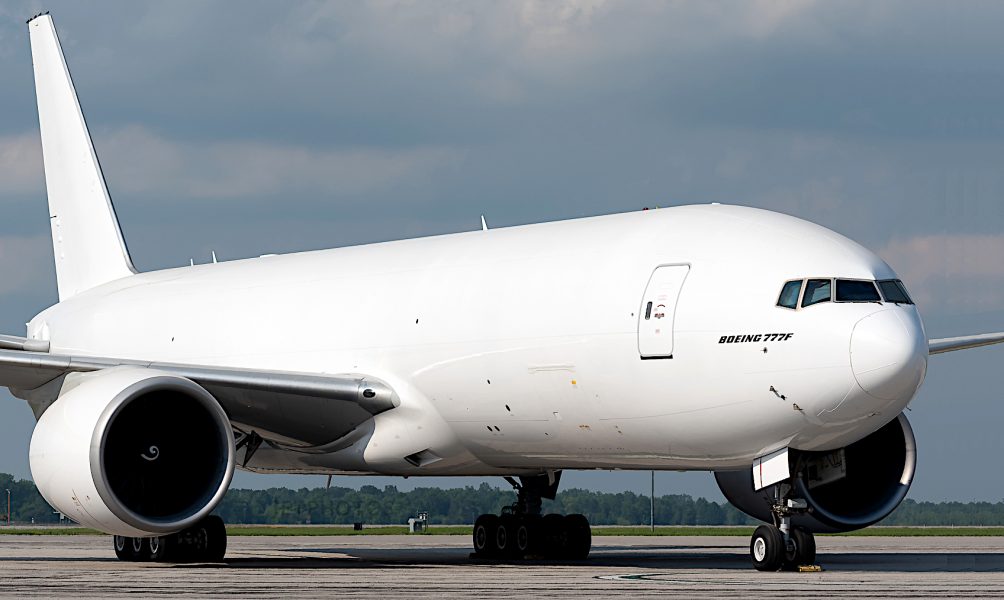

Comment